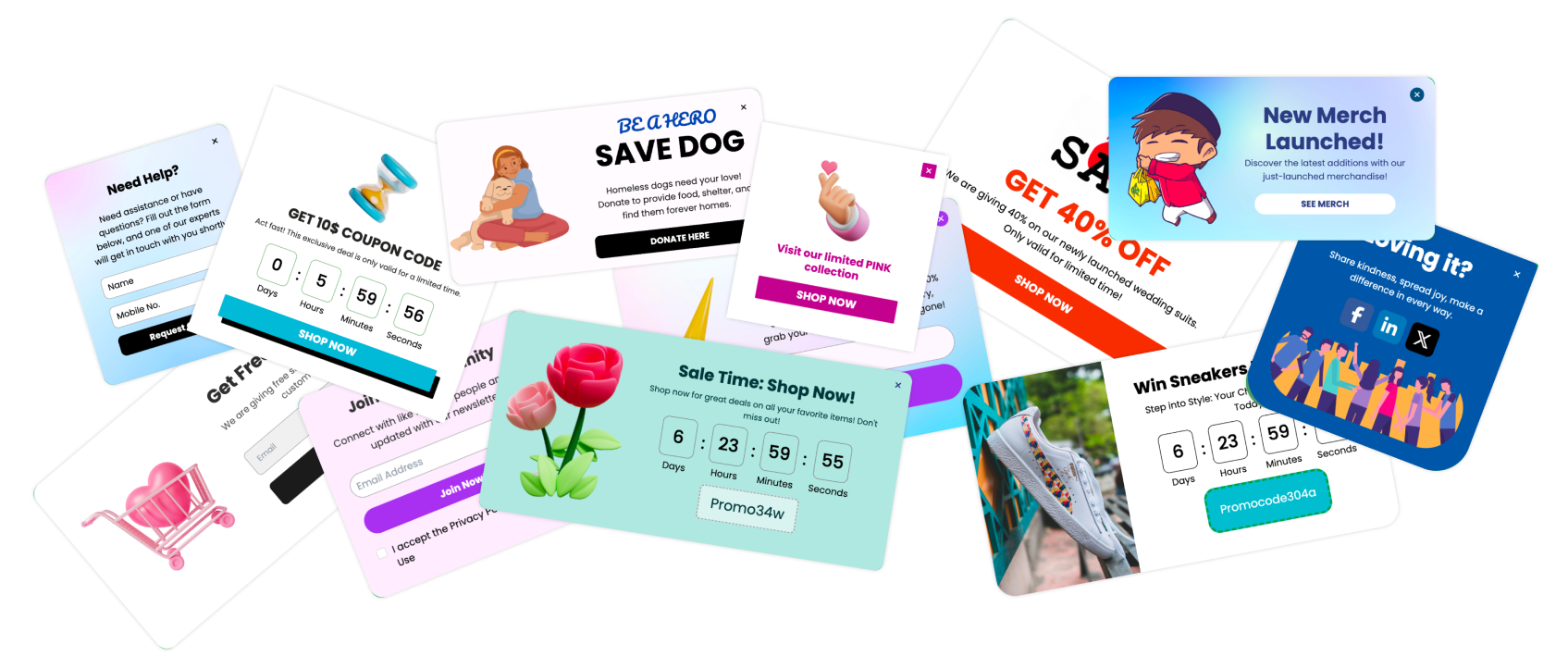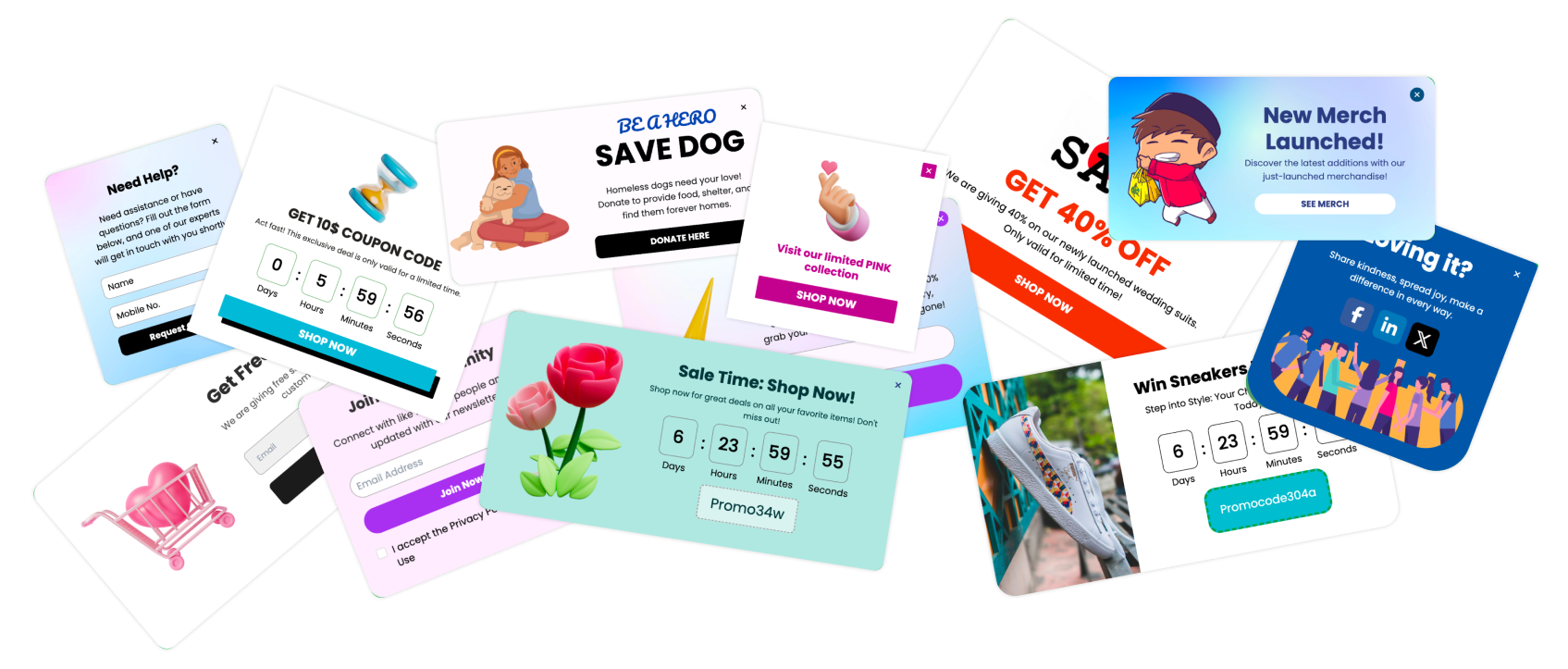Integrating the conversational power of AI, like that found in ChatGPT, directly into your website can significantly enhance user engagement, streamline customer support, and provide valuable interactive experiences. Imagine your website offering instant, intelligent responses 24/7 – guiding visitors, answering questions, and even helping with sales. This guide explores the various ways you can add ChatGPT to website, from direct API integration to using sophisticated third-party platforms.
While you can't directly embed the public chat.openai.com interface, numerous methods allow you to leverage the underlying technology (like OpenAI's GPT models) to create powerful AI chatbot functionalities on your site.
Why Add ChatGPT-like Capabilities to Your Website?
The benefits are compelling:
24/7 Automated Customer Support: Instantly answer common questions and provide support around the clock.
Enhanced User Engagement: Interactive AI can make your site more dynamic and keep visitors engaged longer.
Improved Lead Generation & Qualification: Chatbots can ask qualifying questions and capture lead information.
Personalized User Experiences: Tailor interactions based on user queries and behavior.
Reduced Support Load: Handle routine inquiries automatically, freeing up human agents for complex issues.
Increased Conversions: Guide users through sales funnels and answer product questions effectively.
Understanding Your Options to Add ChatGPT to Website
There are three primary paths to integrating ChatGPT-like AI:
1. Directly Using the OpenAI API (Most Customizable):
- How it works: You use OpenAI's official API (for models like GPT-3.5-turbo, GPT-4) to build a custom chat interface and logic.
- Pros: Full control over design, behavior, data, and integration.
- Cons: Requires significant development resources (backend & frontend), API key management, and cost management.
- Best for: Businesses needing highly tailored solutions or deep integration with existing systems.
2. Third-Party AI Chatbot Widgets/Plugins (Balanced Approach):
- How it works: These are often simpler, pre-built chat widgets that utilize OpenAI models in the backend. Many are designed for easy integration.
- Pros: Faster setup, often no-code/low-code, good for specific tasks like FAQ bots or basic support.
- Cons: Less customization than direct API, features vary, may have subscription costs.
- Best for: Small to medium businesses wanting quick AI chatbot deployment without extensive development.
3. Comprehensive Customer Service Platforms with AI Features (Full-Featured):
- How it works: Platforms like Intercom, Zendesk, or HubSpot offer robust customer communication suites that now often include AI chatbot features (sometimes branded, like Intercom's "Fin") powered by models similar to ChatGPT.
- Pros: Integrated with broader CRM and support tools, advanced features (ticketing, analytics, human agent handover), often sophisticated AI training capabilities.
- Cons: Can be more expensive, might be overkill if you only need a simple chatbot.
- Best for: Businesses looking for an all-in-one customer communication solution where AI chat is one component
Our Approach: Setting Up an AI Chatbot
Getting an AI chatbot up and running might seem daunting, but it's quite manageable when you break it down. I'll walk you through the general steps we followed, using a tool like Intercom as an example, which I personally recommend.
Step 1: Choose Your Chat Tool and Get It Set Up
First things first, you'll need to select a chat platform that offers AI capabilities. Once you've signed up for a service, like Intercom for instance, you'll typically add your website domain to your new account.
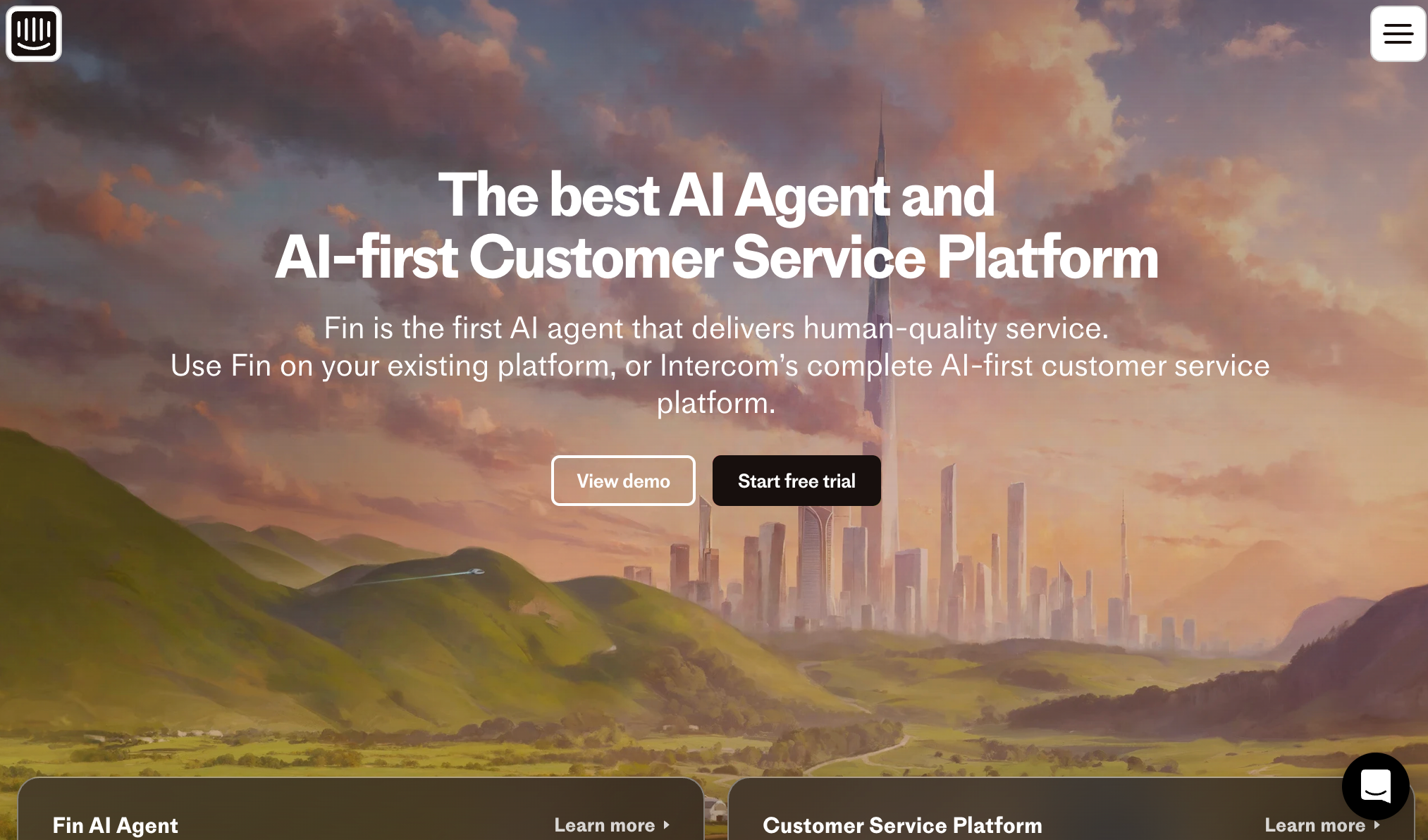
The next part usually involves adding a small piece of custom code to your website. This code is what makes the chat messenger appear on your pages, ready for visitors to interact with.
It’s a crucial step because this is the foundation for your entire chat system.
Step 2: Power Up Your Chatbot with Your Knowledge
An AI chatbot is only as smart as the information you give it. For it to answer customer questions accurately, you need to provide it with a solid knowledge base.
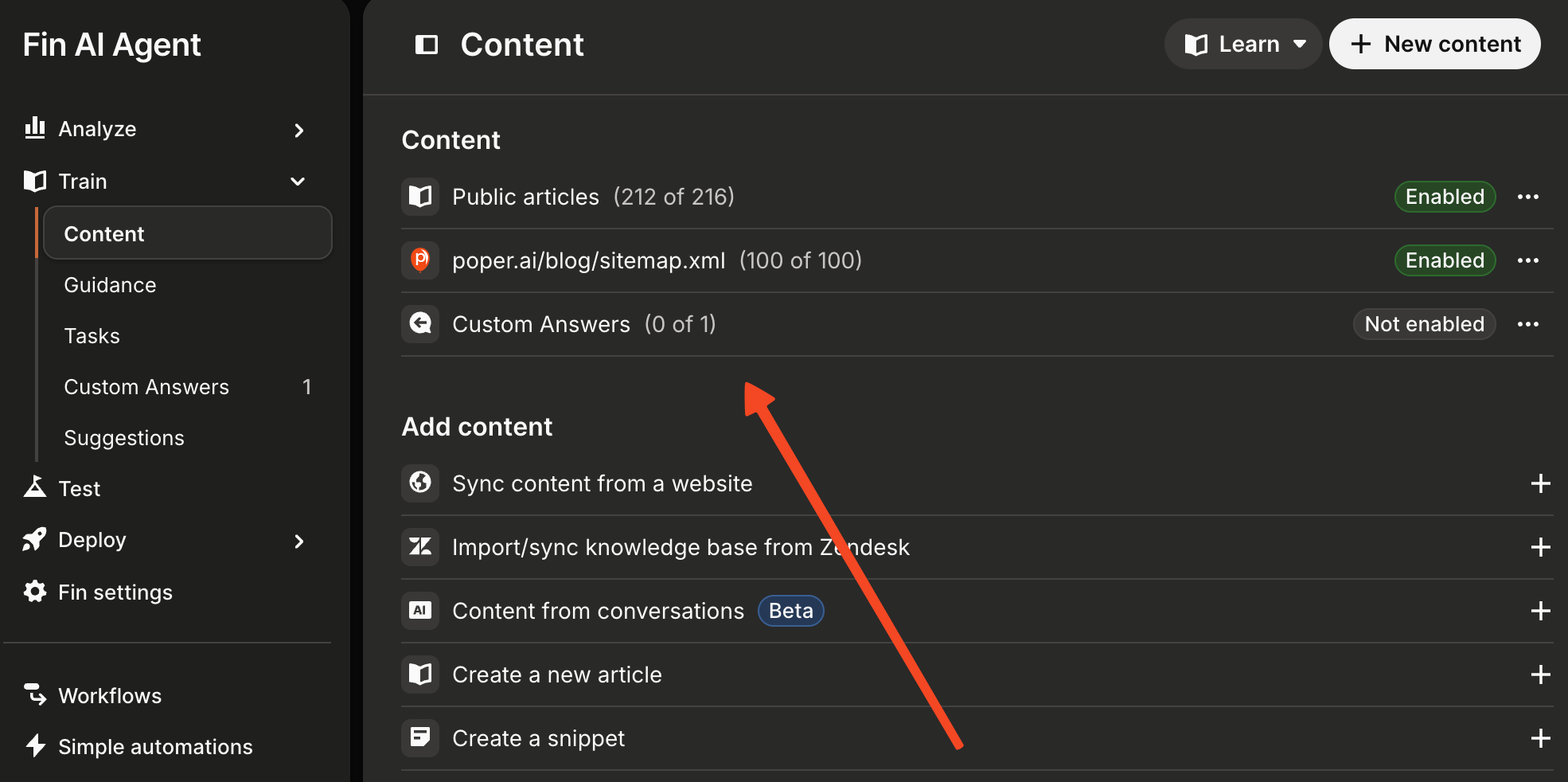
With a tool like Intercom’s Fin, you can do this by linking your sitemap, uploading help documents, or connecting other sources of information.
I really stress taking your time here; a well-fed AI means fewer frustrated customers and more genuinely helpful interactions.
It ensures your chatbot can handle a wide range of queries without needing to immediately escalate to a human.
Step 3: Fine-Tune Your AI Chatbot's Behavior
Once your AI has access to your knowledge, you can start customizing how it behaves. This is where you can really make the chatbot work for your specific needs.
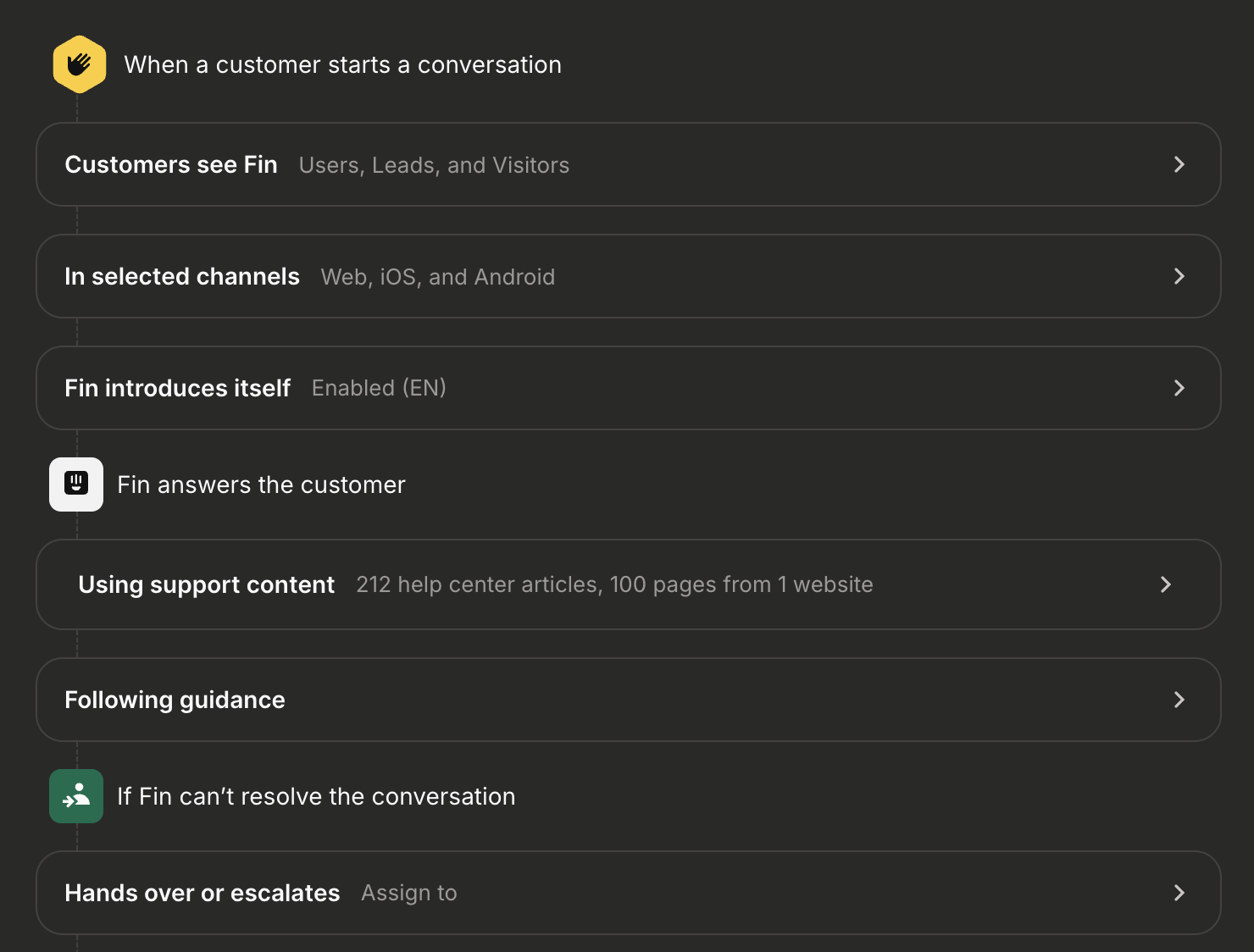
For example, you might set up rules so that if a user asks a particularly complex question or specifically requests to speak to a support agent, the chat is automatically transferred.
We've found that defining these pathways helps create a much smoother experience for users, ensuring they always get the help they need.
Step 4: Gather Feedback to Keep Improving
After you Add ChatGPT to Website and is interacting with customers, it's super important to gather feedback. Many chat tools allow you to set up a quick conversation rating, often called CSAT (Customer Satisfaction), after a chat ends.
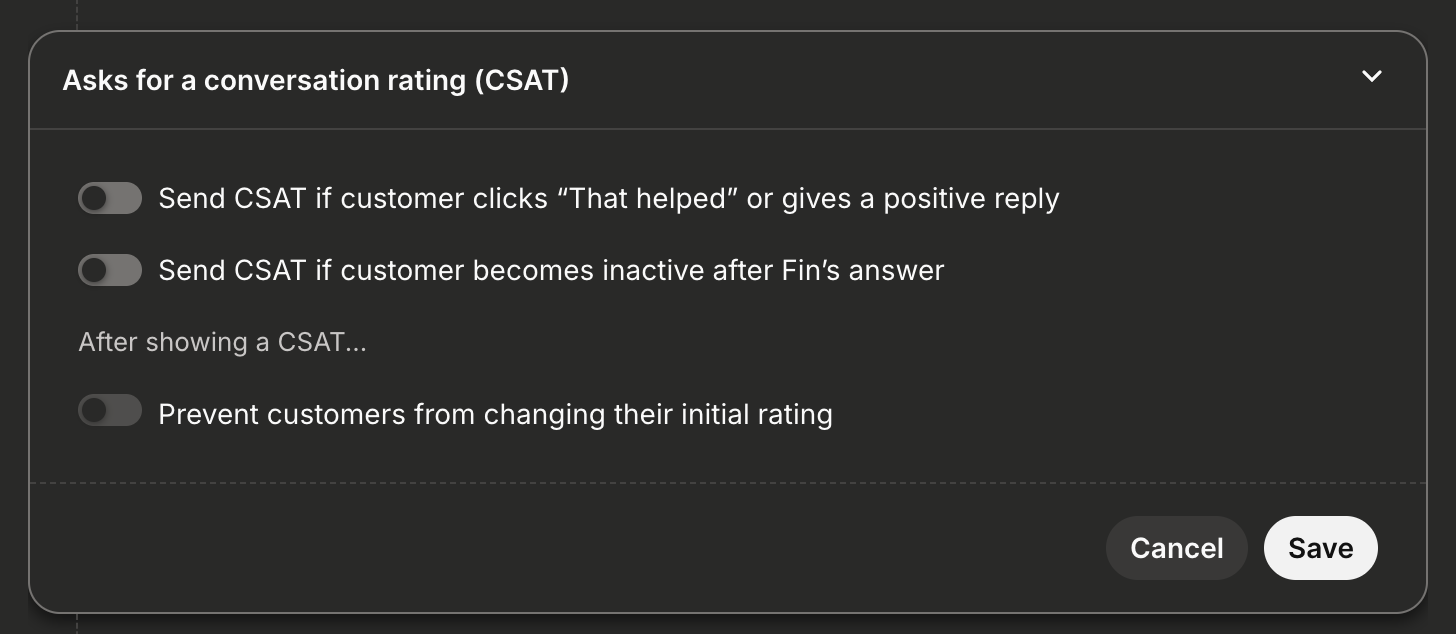
This gives you direct insight into how helpful your customers found the interaction. I always recommend paying close attention to this feedback.
It helps you understand what’s working well and identify any areas where your AI chatbot or its knowledge base might need a bit more tweaking. Continuous improvement is key!
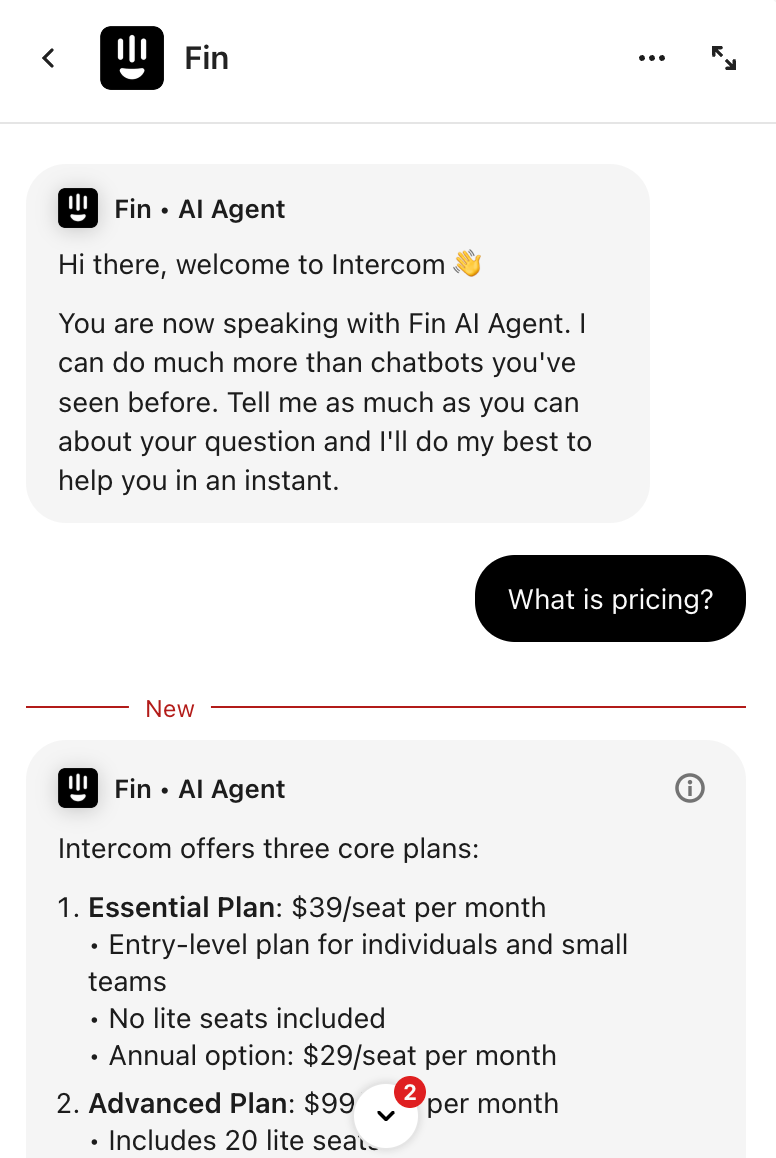
By following these steps, you can add a powerful AI chat feature to your website. It’s a fantastic way to improve customer support, keep visitors engaged, and ultimately, help your business thrive.
And remember, tools like these work wonderfully alongside Poper’s own widgets and popups to create a comprehensive engagement strategy!
Best Practices for Adding ChatGPT to Your Website
Clearly Define Purpose: What do you want the AI to achieve? (Support, lead gen, etc.)
Manage Expectations: Let users know they are interacting with an AI.
Provide an Escape Hatch: Always offer a clear way for users to reach a human agent if needed.
Train with Quality Data: The AI is only as good as the information it's trained on. Keep your knowledge base up-to-date and accurate.
Test Thoroughly: Before going live, rigorously test common questions and scenarios.
Monitor and Iterate: Continuously review chat logs, user feedback, and analytics to improve performance.
Consider Privacy and Data Security: Be transparent about how user data is handled, especially if using third-party services.
Maintain Brand Voice: Customize prompts and responses to align with your brand's tone.
Conclusion
Adding ChatGPT-like capabilities to your website offers a powerful way to transform customer interactions and improve operational efficiency. Whether you choose the deep customization of the OpenAI API, the convenience of a third-party widget, or the comprehensive features of a customer service platform like Intercom, the key is to select a solution that aligns with your technical resources, business goals, and desired user experience.
By thoughtfully implementing and continuously refining your AI chatbot, you can create a more engaging, helpful, and responsive website for all your visitors. This can work wonderfully alongside other engagement strategies, such as targeted popups and banners, to create a truly comprehensive approach to connecting with your audience.
Frequently Asked Questions (FAQ)
Can I directly embed the free ChatGPT website (chat.openai.com) onto my site?
No, there is no official feature to embed the public ChatGPT interface. Integration is typically done via the OpenAI API or through third-party services that use the API.
How much does it cost to add ChatGPT to a website?
Costs vary:
* OpenAI API: You pay based on token usage (input and output).
* Third-Party Widgets/Platforms: These often have subscription fees (monthly/annually), which may or may not include API usage costs. Some might require you to use your own OpenAI API key, so you'd pay for both the service and API usage.Do I need coding skills to add ChatGPT to my website?
* OpenAI API: Yes, significant coding skills (backend and frontend) are required.
* Third-Party Widgets/Plugins: Often no-code or low-code, requiring only copy-pasting a script or installing a plugin.
* Customer Service Platforms: Usually involve copying a script and then configuring settings through their user interface.How can I train ChatGPT on my own website's content or company data?
* OpenAI API: You can use techniques like "Retrieval Augmented Generation (RAG)" where you provide relevant context from your data within the prompt to the API. Fine-tuning models is also an option for advanced users.
* Third-Party Services: Many services offer built-in features to upload documents, link sitemaps, or connect help desks to create a knowledge base for the AI.What's the difference between using the API and a third-party tool?
The API gives you full control but requires development. Third-party tools are easier to set up and manage but offer less customization and may have ongoing subscription costs.

